Because the framers of the United States
Constitution (written in 1787) believed that protecting property rights relating to inventions would encourage the new nation’s economic growth, they gave
Congress—the national legislature—a constitutional mandate to grant patents for inventions. The resulting patent system has served as a model for those in
other nations. Recently, however, scholars have questioned whether the American system helped
achieve the framers’ goals. These scholars have
contended that from 1794 to roughly 1830, American inventors were unable to enforce property rights
because judges were “antipatent” and routinely invalidated patents for arbitrary reasons. This
argument is based partly on examination of court
decisions in cases where patent holders (“patentees”) brought suit alleging infringement of their patent
rights. In the 1820s, for instance, 75 percent of verdicts were decided against the patentee.
The proportion of verdicts for the patentee began to increase in the 1830s, suggesting to these scholars
that judicial attitudes toward patent rights began shifting then.
Not all patent disputes in the early nineteenth century were litigated, however, and litigated
cases were not drawn randomly from the population of disputes. Therefore the rate of verdicts in favor of patentees cannot be used by itself to gauge changes in judicial attitudes
or enforceability of patent rights. If early judicial decisions were prejudiced against patentees, one might expect that subsequent courts—allegedly more supportive of patent rights—would reject
the former legal precedents. But pre-1830 cases have been cited as frequently as later
decisions, and they continue to be cited today, suggesting that the early decisions, many of
which clearly declared that patent rights were a just recompense for inventive ingenuity, provided a lasting foundation for patent law. The proportion of judicial decisions in favor of patentees began to increase during the 1830s
because of a change in the underlying population of cases brought to trial. This change was partly due to an 1836 revision to the patent system:
an examination procedure, still in use today, was instituted in which each application is scrutinized for its adherence to patent law. Previously,
patents were automatically granted upon payment of a $30 fee.
It can be inferred from the passage that the author and the scholars referred to in line 21 disagree about which of the following aspects of the patents defended in patent-
infringement suits before 1830?
A. Whether the patents were granted for inventions that were genuinely useful
B. Whether the patents were actually relevant to the growth of the United States economy
C. Whether the patents were particularly likely to be annulled by judges
D. Whether the patents were routinely invalidated for reasons that were arbitrary
E. Whether the patents were vindicated at a significantly lower rate than patents in later suits
視頻解析
文字解析
Inferenceh5>
The question depends on recognizing differences between two explanations—one favored by the scholars mentioned in line 21, the other favored by the author—for the frequency with which patents were invalidated in U.S. courts prior to 1830. The first paragraph
describes the scholars’ view that judges before 1830 were antipatent and rejected patentees’ claims for arbitrary reasons. The author of the passage rejects that view. As an alternate explanation, the author in the second paragraph implies that earlier patents often violated copyright law; this view is supported with reference to an 1836 revision to the patent system which instituted a procedure by which patent applications were inspected to ensure adherence to patent law.
A. The author and the scholars are both focused on protecting inventors’ property rights, not with their inventions’ utility.
B. Although the passage suggests that the scholars thought America’s patent system did not help encourage economic growth, there is no suggestion that either the scholars or the author believes actual patents defended in court were irrelevant to economic growth.
C. Both the scholars and the author believe that patents defended in court prior to 1830 were more likely to be invalidated than were patents in later legal disputes.
D. Correct. The scholars claim that judges before 1830 decided against patentees for arbitrary reasons, but the passage suggests that the patents may have been invalidated because they failed to adhere to patent law.
E. Both the scholars and the author accept that patents were upheld in court less often before 1830 than after.
The correct answer is D.
GMAT會員
- 【OG18-P680-668題】In a review of 2,000 studies of human behavior that date back to the 1940s, two Swiss psychologists, declaring that since most of the studies had failed to control for such variables as social class and family size, none could be taken seriously.
- 【OG18-P680-671題】Manufacturers rate batteries in watt-hours; if they rate the watt-hour higher, the longer the battery can be expected to last.
- 【OG18-P680-672題】At the end of the 1930s, Duke Ellington was looking for a composer to assist him-someone not only who could arrange music for his successful big band, but mirroring his eccentric writing style as well in order to finish the many pieces he had started but never completed.
- 【OG20-P569-634題】Snowmaking machines work by spraying a mist that freezes immediately on contact with cold air. Because the sudden freezing kills bacteria, QuickFreeze is planning to market a wastewater purification system that works on the same principle. The process works only when temperatures are cold, however, so municipalities using it will still need to maintain a conventional system. Which of the following, if true, provides the strongest grounds for a prediction that municipalities will buy QuickFreeze's purification system despite the need to maintain a conventional purification system as well?
- 【OG20-P147-8題】(12 -13 )+(13 -14 )+(14 -15 )+(15 -16 )=

添加官方小助手微信
了解更多GMAT考試與咨詢

關(guān)注公眾號

掃碼關(guān)注申友雷哥GMAT公眾號
立即獲取12GGMAT核心資料
微信咨詢

掃碼添加申友雷哥GMAT官方助手
立即咨詢GMAT網(wǎng)課面授課程
Copyright ? 2021 All Right Reserved 申友雷哥教育 版權(quán)所有 滬ICP備17005516號-3 免責(zé)聲明 互聯(lián)網(wǎng)經(jīng)營許可證編號:滬B2-20210282





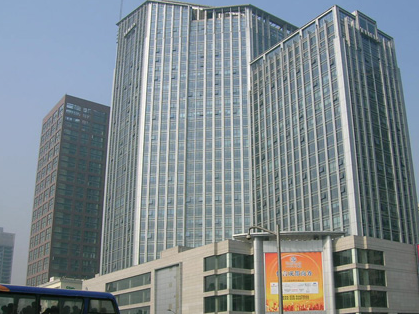



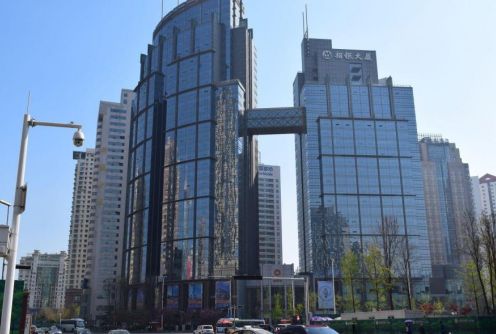





 400-1816-180
400-1816-180


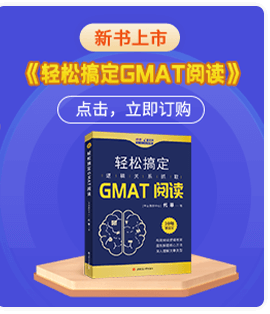


 資深講師題題有解析
資深講師題題有解析






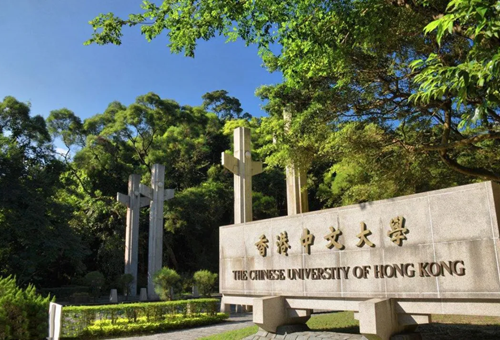


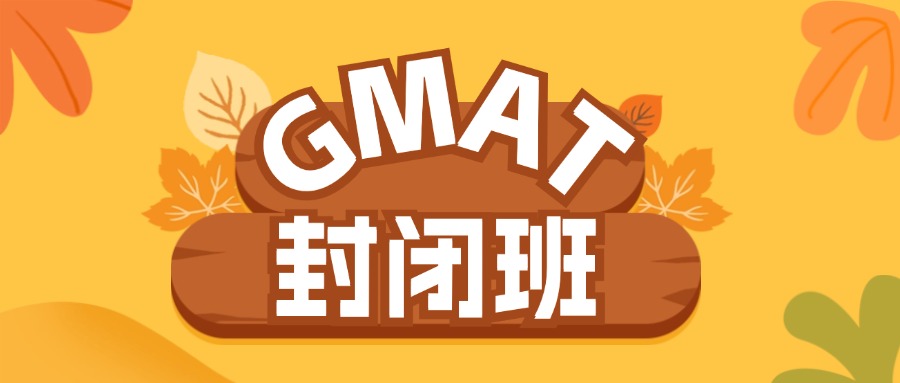
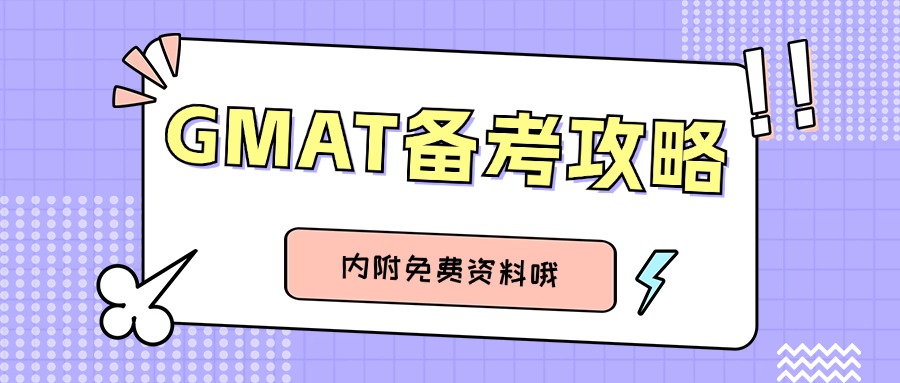



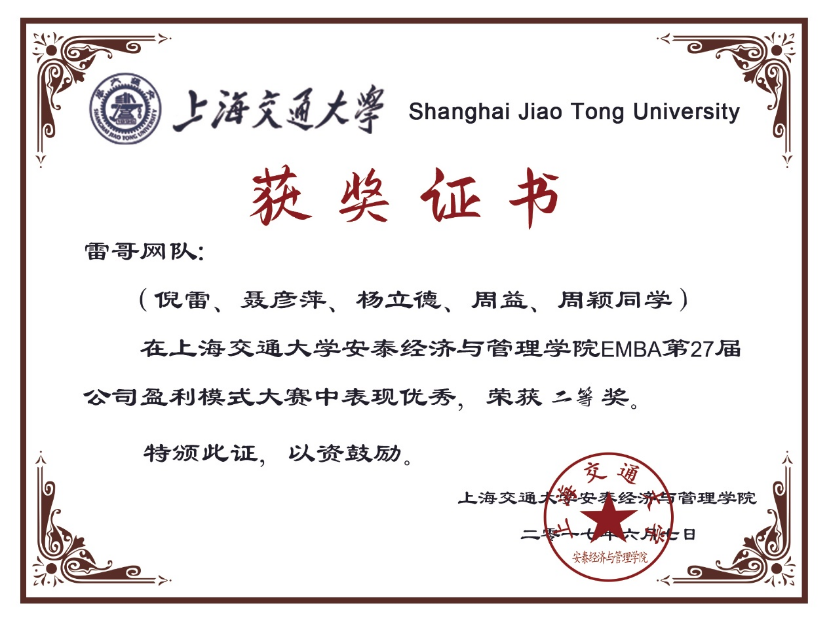
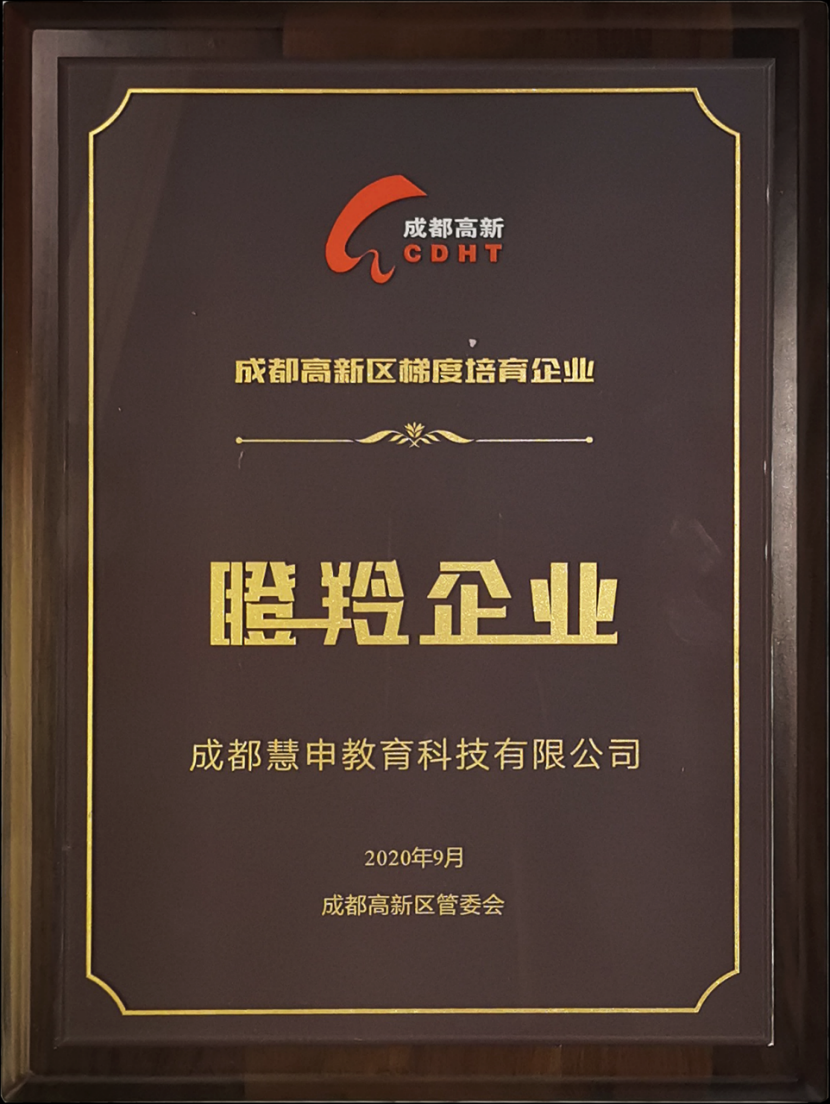



 12G備考資料
12G備考資料